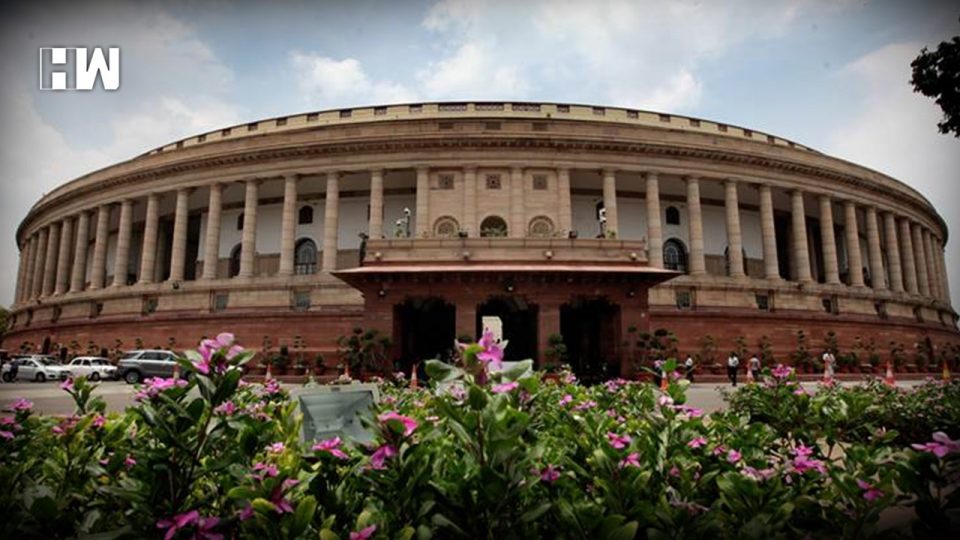New Delhi | India has the highest rate of anti-incumbency in the world, says economic analyst Ruchir Sharma, who also argues that there is limited connection between economic development and election results in the country.
While one fact reflects the strength of India’s democracy, the other points to its drawbacks, said the New York based columnist and economist.
“Two out of three governments get thrown out in India. In America, the number is just the opposite — two out of the three get elected.
“That to me is a good news in the margin because it means that despite the money and muscle power of the incumbent… they keep losing elections and this is something very empowering for the average voter who knows that come election time and I will get my revenge,” Sharma told PTI in an exclusive interview.
His new book “Democracy on The Road”, which is expected to hit the stands in February ahead of the 2019 elections, claims to provide an insightful account of how Indian democracy works, using elections as a lens.
So what makes the Indian people change their leaders so frequently, especially when compared to other parts of the world?
According to Sharma, it is because the longer leaders stay in power in india, the “more arrogant” they tend to become, giving birth to the “entire feeling of let’s keep changing the leaders”.
“The moment they are in office you can see the arrogance building, they are surrounded by 100 sycophants around them, everyone is praising them… they live in a bubble that people are following them,” he added.
This “let’s keep changing the leaders” feeling among voters is an example of what works with Indian democracy.
Sharma also listed some drawbacks in the world’s largest democracy during a free-wheeling conversation.
One of these is “two-thirds of governments losing elections even after maintaining 8 per cent of growth rate for the five-year period”.
“Those states where the growth was more than 8 per cent for the five year period — which is very high growth rate — do those governments get re-elected? There are about 30 such cases in India only where you had growth state over 8 percent over the five-year time and the answer was 50:50,” said the analyst.
And though the figure has improved “marginally from 66 per cent to 50”, Sharma said the very fact that one can have 8 per cent growth and still lose elections is something most parts of the world will find “baffling”.
“In America, the relationship is so clear historically between what the economy is doing and what the election results are. As democracy evolves with time, I would like to see a greater connect between economic development and election results,” Sharma said.
He also expressed concern about the number of “sensible people” falling for stories of EVM rigging and the fear looming over the country’s “free press”.
Last year, the BSP and the AAP alleged that the machines used in the assembly elections in Uttar Pradesh, Uttarakhand, Manipur, Goa and Punjab were tampered with to favour the BJP. Later, several other parties also joined the chorus.
“I don’t believe in rigging of EVMs… I have not seen any great evidence to back that up. But I am definitely concerned by the loss of trust in the democracy when people began to think that the EVMs are being rigged,” he said.
“Democracy on The Road”, published by Penguin Random House India, is the author’s account of covering more than two dozen elections since the 1990s and shows how “India has changed or not changed” by narrating important events that took place in the country over this time period.
As an independent media platform, we do not take advertisements from governments and corporate houses. It is you, our readers, who have supported us on our journey to do honest and unbiased journalism. Please contribute, so that we can continue to do the same in future.

